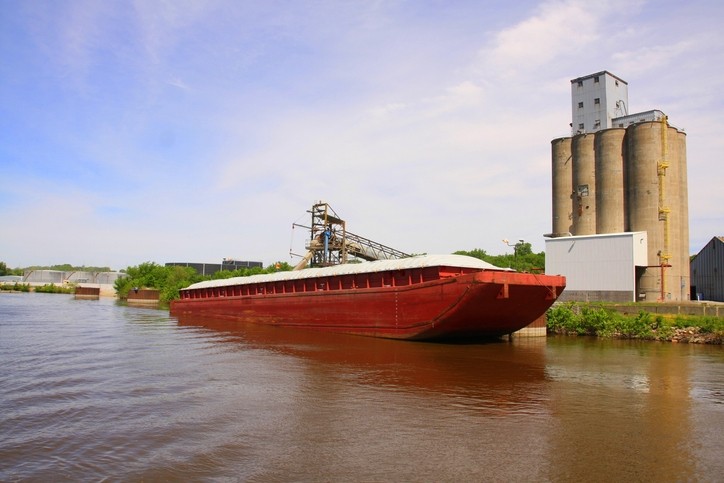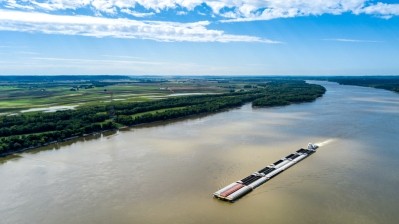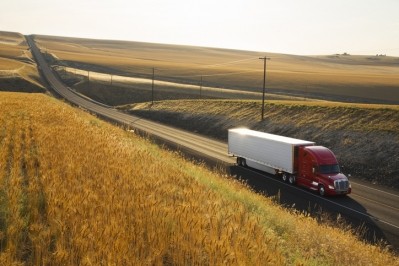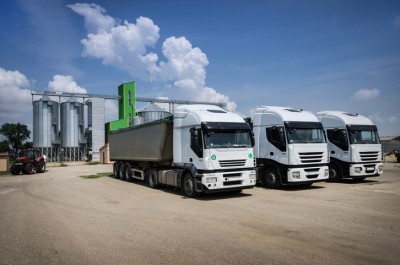US feed group partners to bring cost savings to feed, grain trade documents

The grain and feed trade organization announced a partnership with essDOCS to work on digitizing barge trading documents earlier this month. Using digital documents instead of paper is anticipated to be cheaper for industry members.
The Malta-based document and technology company, essDOCS, is focused on establishing paperless trade. The company has offices globally, customers in 203 countries and works with entities including companies and banks to support the transition to using digital trade and logistics.
The digital document system is set to be modeled on a customized version of the company’s CargoDocs platform, said Charlie Delacruz, senior vice president and general counsel, NGFA. “Work on the development of this platform has only begun,” he added.
“Initially, the digital solution is designed to address barge bills of lading on southbound traffic for corn, wheat, soybeans, DDGS and soybean meal on the Mississippi River System,” he told FeedNavigator. “But it has the potential to be expanded in the future, including to other regions, such as the Columbia and Snake River System in the Pacific Northwest.”
Additional paper-based documents also may be added as the initial system is developed and expands, he added.
In addition to NGFA, the project is being funded and directed by a group of industry members including Bunge North America, Cargill, Archer Daniels Midland Company, CGB Enterprises, CHS, The Gavilon Group, Louis Dreyfus, Zen-Noh Grain Corporation, Ingram Marine Group and America Commercial Barge Line.
The companies involved in the development project represent a majority of barge traffic and the trade, which is set to be addressed through the new system, added Delacruz.
Transition to electronic document use
Work with feed and grain industry members on the project started a while ago, said Delacruz. Discussions regarding the project’s initial scope, design and prototype development started in October 2018.
essDOCS was picked following a search process and evaluated on several factors including its experience in the industry, reputation and cost-effective project proposal, he said.
“Now that selection of the partner, essDOCS, has been announced, the work on the development of the platform is beginning with hopes that by the first half of 2020, user development and training is underway so that full development may be implemented,” he said.
When operational, the eBarge system is intended to digitize about 70,000 to 100,000 negotiable barge bills of lading every year, NGFA said. This volume of documentation is managed by NGFA members annually.
Developing the electronic system was of interest because NGFA members sell or handle more than 75% of the grain and oilseeds grown in the US for both domestic and international markets, the association said.
Annually, domestic barge trade includes feed and grain cargoes moved by about 17,000 barges and involve 15 to 20 barge lines and 30 to 40 companies, NGFA said. Domestically there are about 40 destinations for different shipments.
The upcoming documentation system is intended to manage the “trade string” for the documentation process and provide improved speed, efficiency and clarity throughout the trade process without changing how trade happens, NGFA said.












